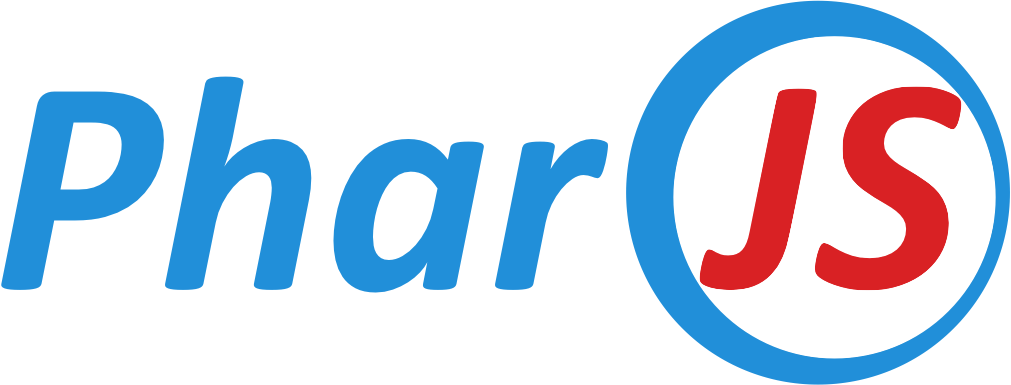
| Studying | Coding | |
|---|---|---|
| Practical Steps |
Tutorials Learning-Oriented |
How-To Guides Problem-Oriented |
| Theoretical Knowledge |
Discussions Understanding-Oriented |
Reference Information-Oriented |
Medium Post by Richard Kenneth Eng
PharoJS is a great way to do front-end web development. It offers two tremendous benefits:
After a two years pause due to COVID, ESUG conference is back. As usual, it was a delight to meet the Smalltalk community. It was also an opportunity to present latest updates on PharoJS, give demos and even implement new stuff.
Abstract: This talk is an update on PharoJS (http://pharojs.org). It covers the current status of the PharoJS development process, as well as its tools. Through an example, we will describe how to use PharoJS, and how it supports TDD, starting with a Pharo code, and ultimately compiling it to Javascript that runs on a JS interpreter (Web browser, NodeJS...). The talk will also give a glimpse of some recent applications developed using PharoJS, and draw a roadmap for the future of PharoJS.
The full code of the example is in the PharoJsExamples package under the
PhysicsSimulation tag. The HTML code is in folder HTML/PharoJsExamples/PhysicsSim
A standalone version of this example is converted to Javascript runs here
Abstract: With the advent of HTML 5, we can now develop rich web apps that rival classical standalone apps. This richness together with the portability of web technologies, turned HTML 5 into a viable (and in the case of mobile - essential) solution to develop cross-platform apps. This possibility is heavily dependent on Javascript having acceptable performance, good testability, and a modern development environment. Despite its extensive use in creating highly interactive environments, most Javascript development environments currently use a compile/run paradigm. Similarlily, testing is frequently tacked on, rather than being an integrated part of the development cycle. We propose PharoJS which leverages the Smalltalk IDE with a seamless transition from native Smalltalk tests, through proxied browser tests, to full browser-resident tests. We support the standard eventdriven browser model and transpile Smalltalk code into efficient Javascript for execution in the browser. We further support testing - both manually and automatically - in a range of browsers to provide assured consistency upon deployment. In addition to transpiling the Smalltalk code to Javascript to perform tests in the browser, we can also run non-interactive tests within the Smalltalk environment. The unique feature we provide is the ability to run interactive tests largely within the Smalltalk IDE, so as to fully exploit the debugging and development environment, while the actual interaction occurs on the browser. We exhibit this new mode of development via a simple application.
Abstract: PharoJS is an infrastructure (framework + middleware + tools) that allows developping and testing in Smalltalk for applications that will ultimately run on a Javascript interpreter. Unlike to Amber, that runs inside a web browser, PharoJS is built on top of Pharo. Apps are initially buit in the image as pure Pharo objects that run on the Smalltalk virtual machine. The PharoJS middleware allows interacting remotely with third party Javascript objects running on a web browser, or interacting with a web view, particularly for mobile apps. Such interactions are used only during tests. Ultimately, the Smalltalk code is converted to Javascript. So, at the production stage, only a Javascript interpreter is required to run the app. In this talk, we present the current status of PharoJS and its implementation. Through an example, we describe the application development process, with a focus on tests and TDD.
Download the ZIP archive with files used for demo.
We decided to organize the PharoJS documentation in 4 sections as suggested by Divio. This "Grand Unified Theory of Documentation" is also explained in the following video.